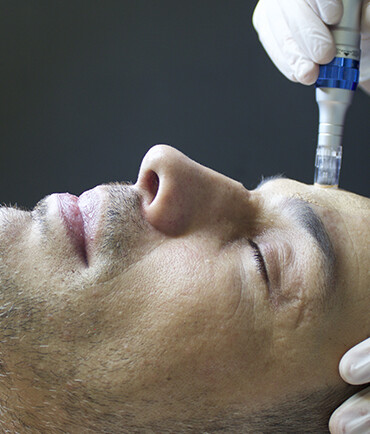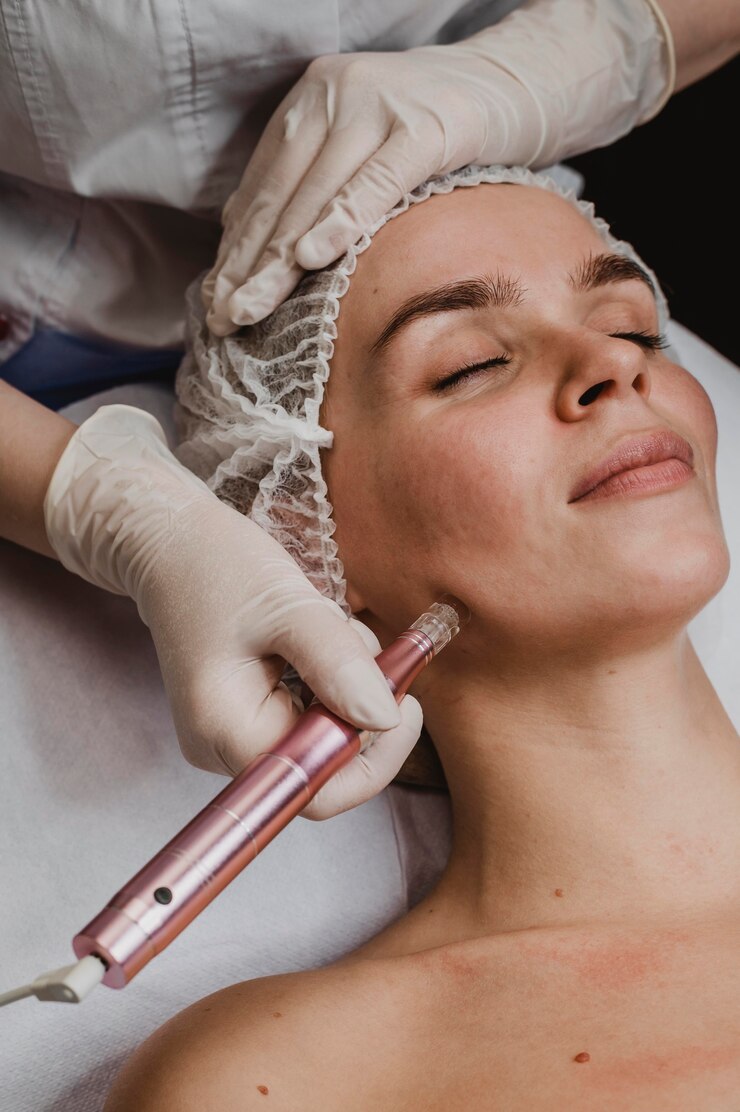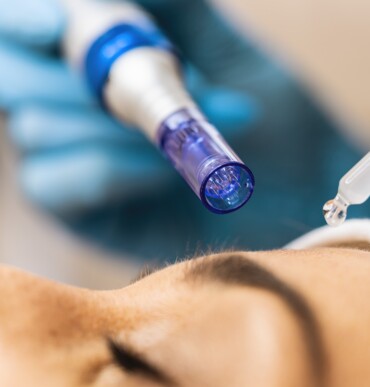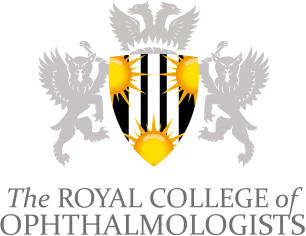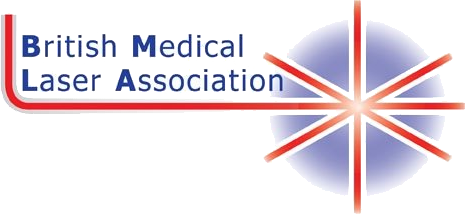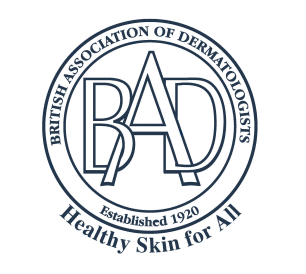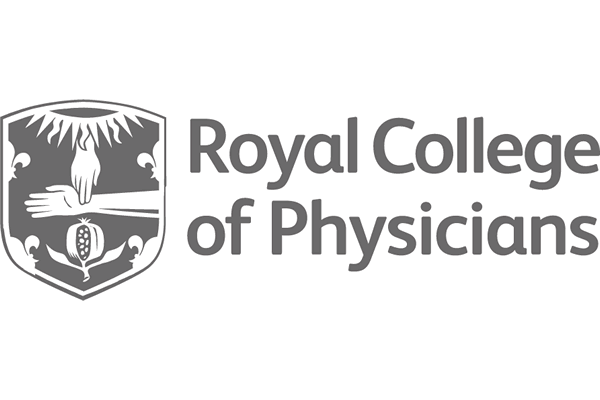Are you looking to heal and rejuvenate your skin without surgical intervention? If so, our microneedling treatment may be the answer you’ve been searching for.
In recent years, microneedling has gained popularity as a minimally invasive treatment that boosts the body’s natural ability to produce collagen for scar healing and skin rejuvenation.
But, if you haven’t had the time or resources to research the microneedling procedure thoroughly, you might wonder: Is it worth it?
In this article, we will delve into the pros and cons of microneedling, giving you a thorough understanding of what to expect. From improving skin texture and tone to reducing scars and hyperpigmentation, we will explore the benefits that microneedling can offer.
We will also discuss the potential discomfort during treatment, the necessary aftercare, and the maintenance required to achieve long-lasting results.
So, if you’re curious about microneedling and whether it’s the right choice for you, keep reading to find out.
Why is It Performed?
Besides being an anti-ageing treatment, microneedling is a multipurpose intervention designed to improve the skin’s overall health and appearance. By creating micro-injuries in the skin, microneedling spurs collagen growth, essential for healing and rejuvenating the skin.
This procedure is also effective for treating acne scars, fine lines and wrinkles, stretch marks, and improving skin tone and texture. Its ability to address a wide range of skin concerns makes microneedling a valuable treatment option for many patients.
Visit our Radio Frequency Microneedling and Surgical Needling as a Scar Treatment pages for detailed information on these treatments.
Microneedling aftercare
The non-invasive nature of microneedling means that downtime is minimal. You may notice skin dryness, tightness, and mild peeling, which are all normal parts of the healing process. Make sure to keep the skin hydrated by using gentle cleansers and moisturisers your consultant recommends to avoid further irritation. Avoid direct sun exposure and apply a broad-spectrum sunscreen daily to protect the newly sensitive skin.
Avoid touching or picking at the treated area to prevent infection and promote proper healing. Do not apply makeup or other skincare products for at least 24 hours after the procedure to allow the skin to recover.
Follow any additional aftercare instructions from your consultant to ensure proper healing and long-term results.
How long does it last?
The longevity of microneedling results varies from patient to patient, depending on individual healing processes and how quickly the body produces collagen. Generally, the effects can last several months, and maintenance sessions are recommended to sustain the benefits.
However, it is important to note that certain factors can influence how long results will last. These include:
- Age
- Skincare routine
- Sun exposure
- Overall skin health
Some individuals may experience longer-lasting results, while others may require more frequent maintenance sessions. It is always best to discuss with your consultant to determine the ideal treatment plan and frequency of sessions based on your specific needs and goals.
Summary
Considering the extensive benefits and minimal side effects, microneedling is a compelling option if you are seeking to improve your skin’s appearance without undergoing surgery.
While it may not be suitable for everyone, its ability to treat a variety of skin concerns makes it worth considering for many. If you’re still questioning is microneedling worth it, the answer largely depends on your specific skin goals and tolerance for minor discomfort and upkeep.
The London Scar Clinic is at the forefront of microneedling treatments, offering expert care and guidance to ensure the best possible outcomes. Our team is here to help you navigate your skin rejuvenation journey. For more information or to schedule a consultation, please contact us.


